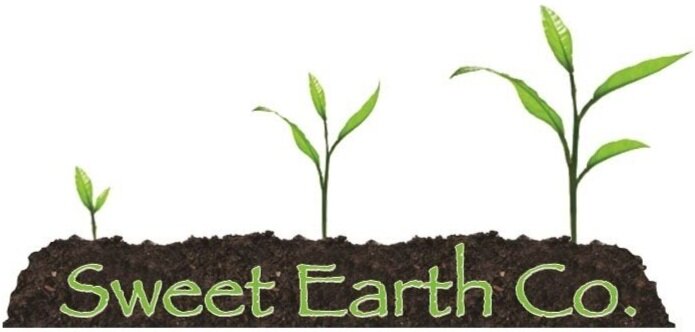Keystone Plants 101: How to Identify Vital Species for Your Ecoregion
When it comes to supporting local wildlife and creating a thriving ecosystem, you may be missing out on an important element: keystone plants.
These native species play a critical role in maintaining the health and balance of our ecosystems by supporting a wide variety of wildlife, from pollinators to birds — and beyond!
In this post, we’ll explore what keystone plants are, why they matter, and how you can identify the essential species for your ecoregion.
First, What Are Keystone Plants?
According to Homegrown National Park®, a non-profit organization on a mission to regenerate biodiversity, “Keystone Plants are the most productive plants that support the most species”.
Without certain important plants, entire ecosystems can begin to collapse, as these plants provide vital food and habitat for insects, birds, and other animals.
Keystone plants are an important building block of biodiversity. By supporting them in our gardens, we are helping to preserve local ecosystems and promote biodiversity.
Understanding Ecoregions
Before diving into how to find keystone plants for your area, it’s important to understand the concept of ecoregions. An ecoregion is a geographic area defined by its environmental conditions — including climate, landforms, and soil types — which determine the kinds of plants and animals that live there.
Learn more about the different ecoregions and locate yours here, where you will also find some keystone trees and shrubs for your area. (Psst…Take a look at this blog post to learn more about lowering your carbon footprint by planting a tree!)
Keystone plants differ from one ecoregion to another because the wildlife that depends on them has adapted to the specific conditions of that area. Because ecoregions vary greatly, the keystone plants that thrive in them do, too.
How to Identify Keystone Plants for Your Eco-Region
Now that you know the importance of incorporating keystone plants into your landscape, let’s find some for your ecoregion.
Open the Native Plant Finder, enter your zip code, and browse your results. You’ll get a list of native plants, along with how many butterfly and moth species use them as host plants for their caterpillars.
Let’s use my ZIP code, 10576, as an example. According to the Ecoregion map, I am in Ecoregion 8, and the Native Plant Finder drills down into my ecoregion to identify key species of flowers, grasses, trees, and shrubs. Some of the key species in my area include:
Goldenrod (Solidago)
Blueberry Shrub (Vaccinium)
Sunflower (Helianthus)
Oak (Quercus)
Using Keystone Plants in Your Cutting Garden
Another benefit of keystone plants is that many of them make great cut flowers! Not only do they look great in bouquets, but your cutting garden will also help to benefit your local ecosystem. It’s a win-win!
Here are some keystone plants for my ecoregion that work beautifully in cut flower arrangements:
Whether you have a sprawling backyard or just a few pots on your patio, adding keystone plants can make a huge difference. By identifying and planting keystone varieties that are native to your ecoregion, you can play an essential role in supporting biodiversity and promoting a healthier, more balanced environment.
Want to learn more about supporting wildlife with your garden? Learn how in this blog post — even if you have a small garden!














